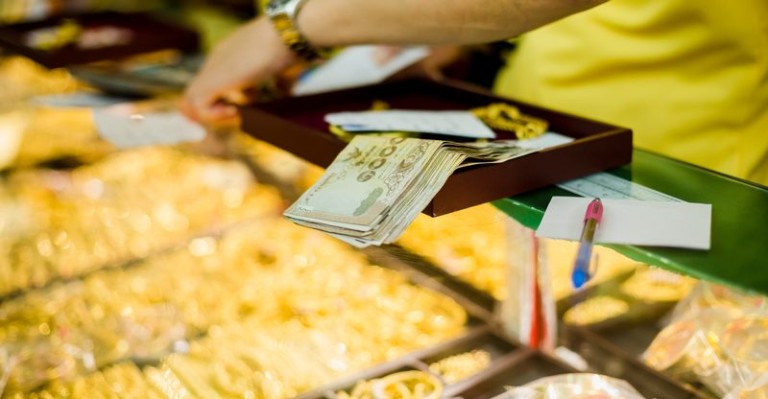In the world of precious metals, a gold refinery transforms raw materials into valuable commodities. As gold continues to symbolize wealth and stability, understanding the intricate processes involved in refining this precious metal is essential for investors, jewelers, and enthusiasts alike. This guide delves into the fascinating operations within a gold refinery, shedding light on its importance in the gold supply chain.
The Refining Process
The refining process begins with collecting raw gold materials at the heart of a gold refinery. These materials can come from various sources, such as mining, scrap jewelry, or electronic waste. The primary goal of refining is to purify gold to a high level of fineness, often 99.5% or higher. This is achieved through several steps:
- Melting and Sampling: The collected gold is melted in a high-temperature furnace to form a homogeneous liquid. This step ensures that the gold is uniform, allowing accurate sampling for further analysis.
- Assaying: Once melted, a small sample is taken to determine the gold content and the presence of impurities. This analysis guides the subsequent refining processes, ensuring precision in achieving the desired purity levels.
- Chemical Treatment: The gold undergoes chemical treatments to separate impurities. Standard methods include using acids or other chemical solutions that dissolve non-gold materials, leaving behind pure gold. This step is critical in ensuring the highest quality of refined gold.
- Electrolytic Refining: Electrolytic refining may achieve the highest purity levels. This process involves passing an electric current through the gold, further purifying it, and removing any remaining impurities.
- Casting and Final Assaying: The refined gold is then cast into bars, ingots, or other desired shapes. A final assay is conducted to verify the purity and quality of the refined product before it is ready for the market.
The Importance of Gold Refineries
Gold refineries are pivotal in maintaining the integrity and value of the gold market. They assure investors and consumers that gold is of the highest purity, guaranteeing that the gold they purchase or trade is genuine and meets stringent industry standards. Furthermore, refineries contribute to environmental sustainability by recycling gold from electronic waste and old jewelry, reducing the need for new mining activities.
Economic and Environmental Impact
The operations of a gold refinery have significant economic and environmental implications. Economically, refineries support the global gold market by providing a steady supply of high-quality gold. This helps stabilize prices and ensures that gold remains a reliable investment. Environmentally, refineries play a key role in minimizing the ecological impact of gold production. Refining recycled gold decreases the demand for mining, which often involves ecologically damaging practices.
Gold refineries are an indispensable part of the gold industry. They ensure the purity and quality of gold and contribute to sustainable practices. Bay Area Metals stands out as a trustworthy solution for those seeking a reliable partner, offering expertise and excellence in gold refining.








